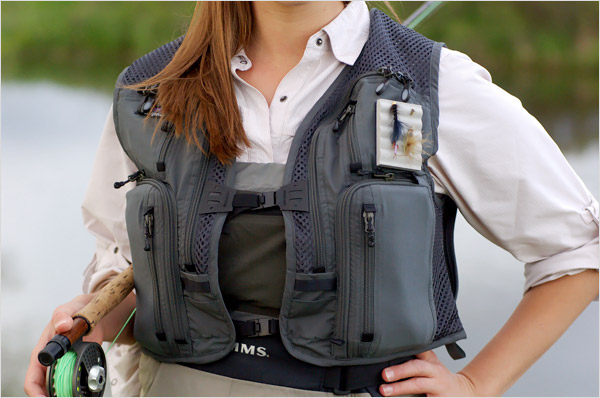
The sport of BMX has evolved greatly over the years, and luckily, nowadays, newcomers have more choices than ever. However, with all the different styles available, how do you pick the right BMX bike for you that will be well worth its money? Some people will argue that choosing the right BMX bike the first time ’round is impossible, while others argue that you should choose depending on the type of BMX-ing you’re most interested in. And honestly, both sides of the argument are partially right. It all comes down to personal preferences, and many people choose to assemble their own setup instead of buying a ready-to-drive model. However, your preferred style of riding also plays a crucial role when picking the individual parts.
For instance, lightweight frames are better suited for BMX racing, while tougher and heavier ones are better for performing tricks. That being said, if you’re into racing, then you’re better off with an aluminium or titanium frame, whereas if you’re into performing tricks or dirt riding, you’re better off with steel alloy. The range of materials used for manufacturing BMX frames is really wide and you generally get what you pay for. Meaning, a titanium frame is more expensive than an aluminium one, but it’s also more durable at the same time. Similarly, Chromoly steel is more expensive than steel, but it’s also lighter.
Then, you have to decide on the wheels. Luckily, the difference between trick and race BMX bikes is evident. Similar rules apply for picking BMX front wheels and back wheels and picking a frame. You want strong wheels that are reinforced for trick performing, while you want lighter wheels with fewer spokes for race BMX front wheels and back wheels. Furthermore, race wheels are narrower, which allows for better acceleration, and they usually feature knobbly tread designs for an improved grip. On the other hand, trick BMX tyres are smooth, providing a better grip on surfaces such as tarmac and concrete.
You’ll come across BMX bikes of different sizes, and BMX bikes meant for different skill levels. Bikes for kids are usually smaller, and they generally feature 12-18″ diameter wheels, while standard BMX bikes have 20″ diameter wheels. Furthermore, people who don’t prefer any specific riding style can go for quality all-’round BMX bikes who don’t have hard-core specialization of dedicated race or trick BMX bikes. On the other hand, people who have a certain riding style in mind should look for a dedicated trick or racing BMX bike with higher quality components.

























